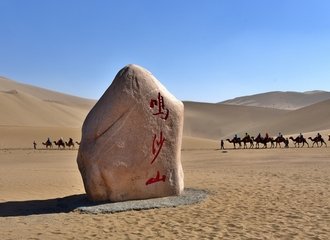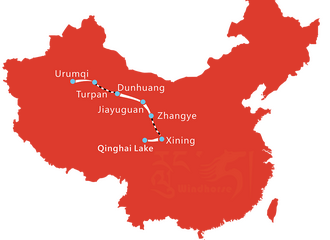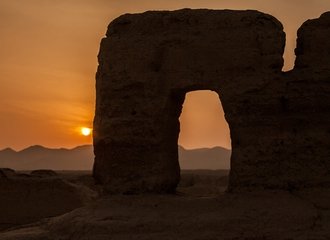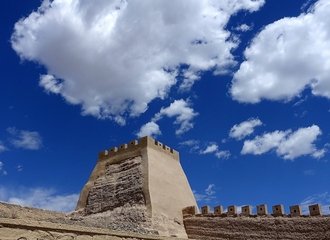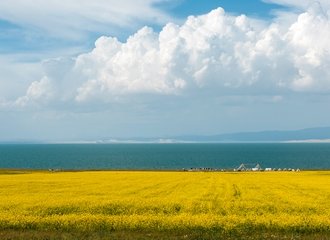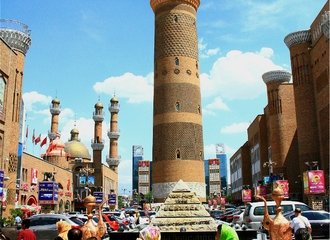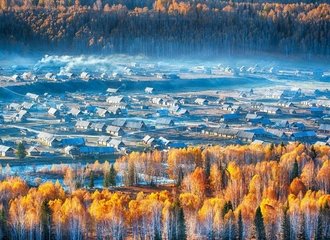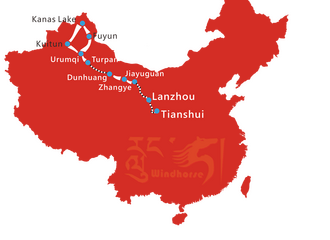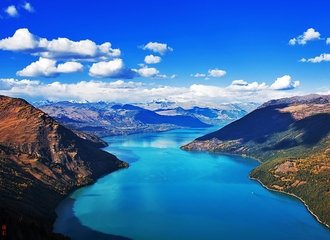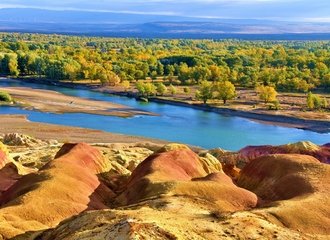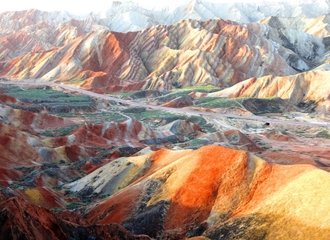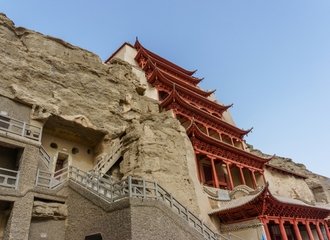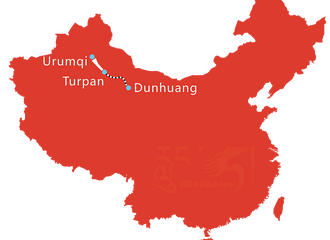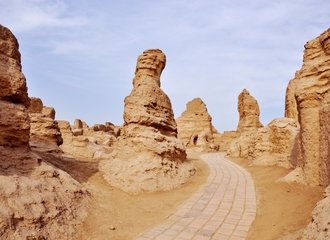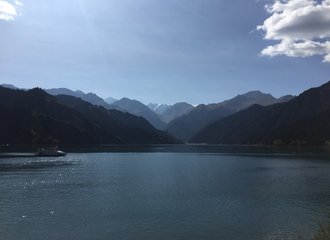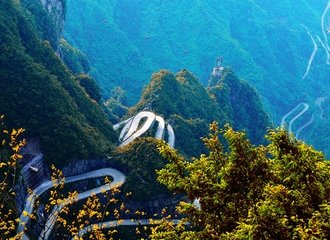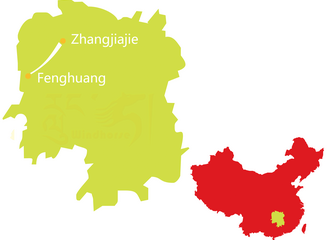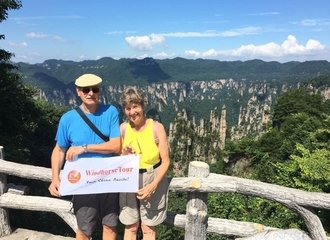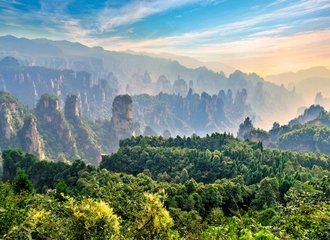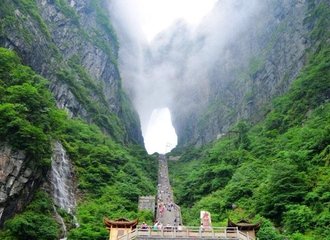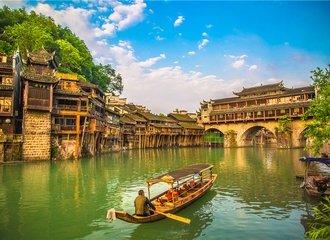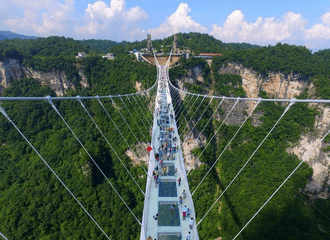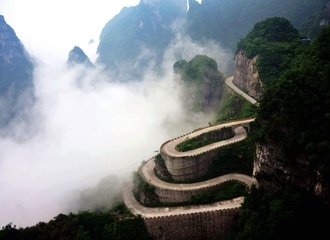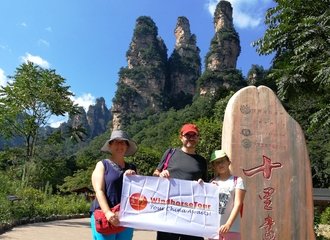Tombs of Tibetan kings

Brief introduction
High up on Mure Mountain in Chonggye County, Lhoka, sits a large imperial graveyard with nine masses. These variably sized earthen structures are the tombs of Tibetan kings who governed from the 7th to the 9th century. Originally of similar size and shape-high and square with flat top-some of the tombs are now round or otherwise eroded. Here, in the Graveyard of Tibetan Kings, the largest preserved imperial graveyard in Tibet, the nine recognizable tombs stand as reminders of the rich history and lore of ancient Tibet.
Lhoka (Shannan in Chinese) is "the birthplace of Tibetan culture". Chonggye County has a history of more than 1,400 years. It is considered to be the initial place of Yarlung civilization, also known as "Prequel Yarlung", "the Old Capital of Tubo". Chonggye was once the center of Tibetan politics, economy, culture, and military. The Tubo dynasty accumulated power from here until the Songzan Gambo unified the Qinghai-Tibet Plateau, and the Tubo center moved from Chonggye to Lhasa. Hence, it’s regarded as an ancient capital with more history than Lhasa, and the Tombs of Tibetan Kings have been established here.


Tomb’s layout
Two stone steles stand at the front of the Graveyard of Tibetan Kings. One marks the tomb of Tride Songtsen, who ruled Tibet from 798 to 815. This stele is 7.18 meters (about 23 feet) high. It is inscribed with vivid carvings of floating clouds and flying celestials. Ancient Tibetan script describes Tride Songsten's outstanding achievements. The second stele is similar to the first, the only differences being the top and objects depicted in the carvings. Two stone lions are situated in front of the graveyard. Although one has been destroyed the other is intact apart from a broken leg. The lion is 1.55 meters (about 5 feet) high and 1.3 meters (about 1.4 yards) in length. It stands on a 0.76 meter (about 0.83 yards) pedestal.
A tomb near the north bank of Chonggye River is said to be the tomb of Songtsen Gamp, who set up the first unified regime in Tibet. This splendid tomb stands 13.4 meters (about 44 feet) high. On the top, there is a temple for worship in which the statues of Songtsen Gampo, his two wives (Princess Wen Cheng and Princess Chi Zu), and his ministers are displayed. The gate of the tomb opens to the west, the direction of Sakyamuni's homeland, demonstrating the king's piety to Buddhism. According to descriptive records, the inner tomb (about 100 meters square) (about 109 yards) consists of five halls, the middle hall being the one in which the remains of Songtsen Gampo and his two wives were laid. It is believed that the statues of Songtsen Gampo, Sakyamuni, and Avalokitesvara are in the tomb. The tomb also contains a large number of gold and silver utensils, reliquary, and commemorative artifacts.
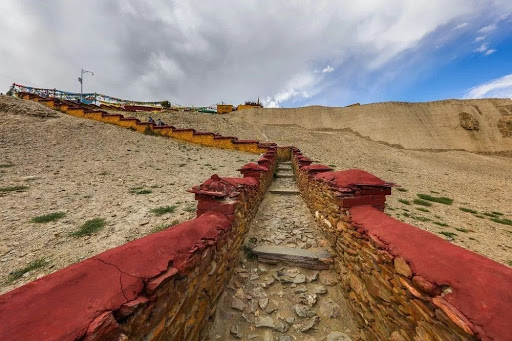

Research value
The Tombs of the Tibetan Kings were built during the important period of the formation and development of the Tubo Dynasty (from the 6th century to the 10th century), which directly reflects the development level of the Tubo Dynasty in terms of politics, economy, religion, folk custom, productivity, building technology and art. The study of the Tubo ancestors provided important materials in site selection, planning and layout of tombs, construction techniques, etc., and had important historical and academic research value.
The tombs of the Tibetan kings represent the rise and fall of the Tubo Dynasty and represent the historical development of the Tibetan people. The people lying under these huge mounds are the people who truly enable the establishment of a nation and a culture. Thousands of years have passed, and these "mounds" have given us traces to trace the Tibetan culture and the history of Tibet.
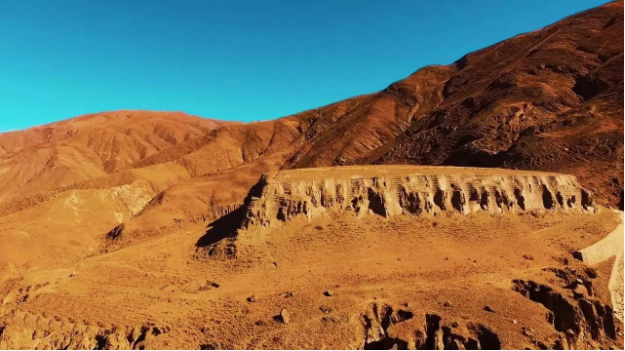

Useful Travel Tips
- The admission is 60RMB Per Person, and the opening time: 09:00 am to 18:00 pm.
- The best season to visit here is every summer as the weather is mild, neither cold nor hot.
- For travelers, this site can be combined with the excursion to Trandruk Monastery, as they're on the same direction/route. It’s a good place to find the traces of Tibet's historical development.
- The altitude is 3,800m, to reach here, it’s highly recommended to stay either in Lhasa or Tsedang for 1-2 days to acclimate to the high altitude. It’s about 3 hours’ drive from Lhasa and 1 hour from Tsedang.

